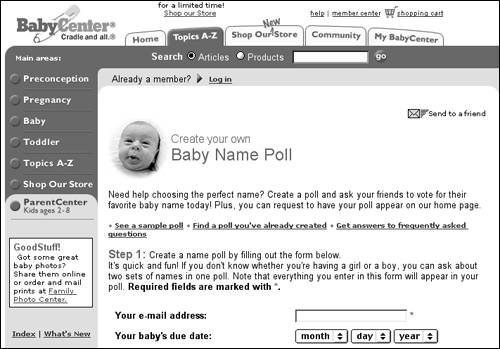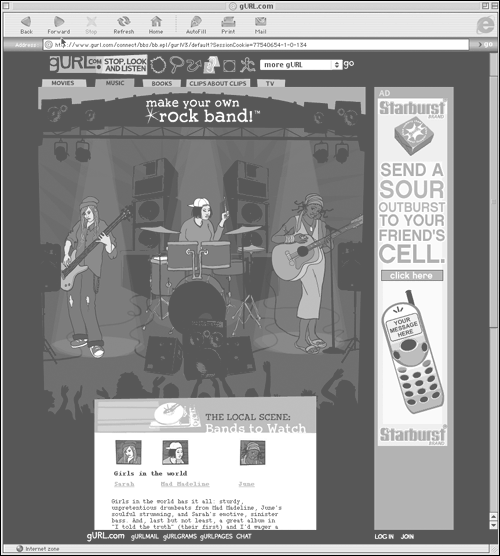word-of-mouth strategies
| Never, in the history of the world, have so many people held so many microphones, with so many others listening. The Internet makes it easier than ever for people to share ideas: Using personal web sites, bulletin boards, chat rooms, instant messaging, and email, people can communicate quickly and cheaply with friends and strangers alike. So it makes sense that the most powerful promotional strategies are those that tap the web's grassroots potential. "The Internet is a social medium," says Omar Wasow. "People are constantly talking to their friends. So a good site will generate great word-of-mouth, and by extension, new members and customers." Wasow should know. BlackPlanet grew to 1.5 million monthly users in only three years, becoming the leading site for African Americans. How? According to Wasow, the members like to talk. "The reason our sites have been successful is that our members love our sites and they tell their friends. We've built all sorts of tools to encourage this word-of-mouth." BlackPlanet rewards members for referring friends. But other sites take a more aggressive approach, turning users into recruiters, whether they like it or not. HotMail, for example, offered its members free, anonymous email accounts, and made sure people knew it. Each message sent from a HotMail account included a promotion for the service. This turned each HotMail user into a promotion vehicle, who spread the word to everyone he knew. Grassroots initiatives like these are generally inexpensive and efficient, when they take off. Of course, there are also drawbacks. These people-powered programs are inherently uncoordinated. They're hard to force, and difficult to control, once begun. affiliate programsThe idea behind affiliate programs is straightforward: Other sites link to yours, and you pay them a bounty for each customer they send your way (or a percentage of the customer's purchases). If this sounds like small potatoes, you should remember that Amazon's early success was often linked to its affiliate program, the first on the web. Thousands of sites integrated Amazon's "Buy a book" link into their pages. The sites promoted books they liked and got a cut of sales from users who followed the link. Amazon reeled in thousands of new customers and got its name splashed across the web. Affiliate programs are great for commerce sites, and they can work for other sites as well. Be warned, however: You'll need a reliable tracking system to match incoming users to the site that referred them. Don't even consider an affiliate program if you can't back it up with the resources necessary to make it work. tell-a-friend programsIt's one of the oldest marketing tricks in the book. Customers are urged to tell a friend, and rewarded when they do. These schemes have stood the test of time, because they really work. And on the web, they've been given a new life. Users can tell their friends, or
These programs succeed because they provide a genuine service: People want to stay in touch with friends and family, and these programs let them do it in a way that's quick, easy, and fun. News sites, for example, let users send articles to friends, and stores do the same for product descriptions. The variations are endless: You can send your friends greeting cards, show them your photos, or poll them about a pressing question, like potential names for your baby. Don't laugh. Okay laugh, but bear in mind: These programs bring thousands of new customers to sites like Snapfish Photos and BabyCenter. If it works for them, it could work for you.
|
EAN: 2147483647
Pages: 195




